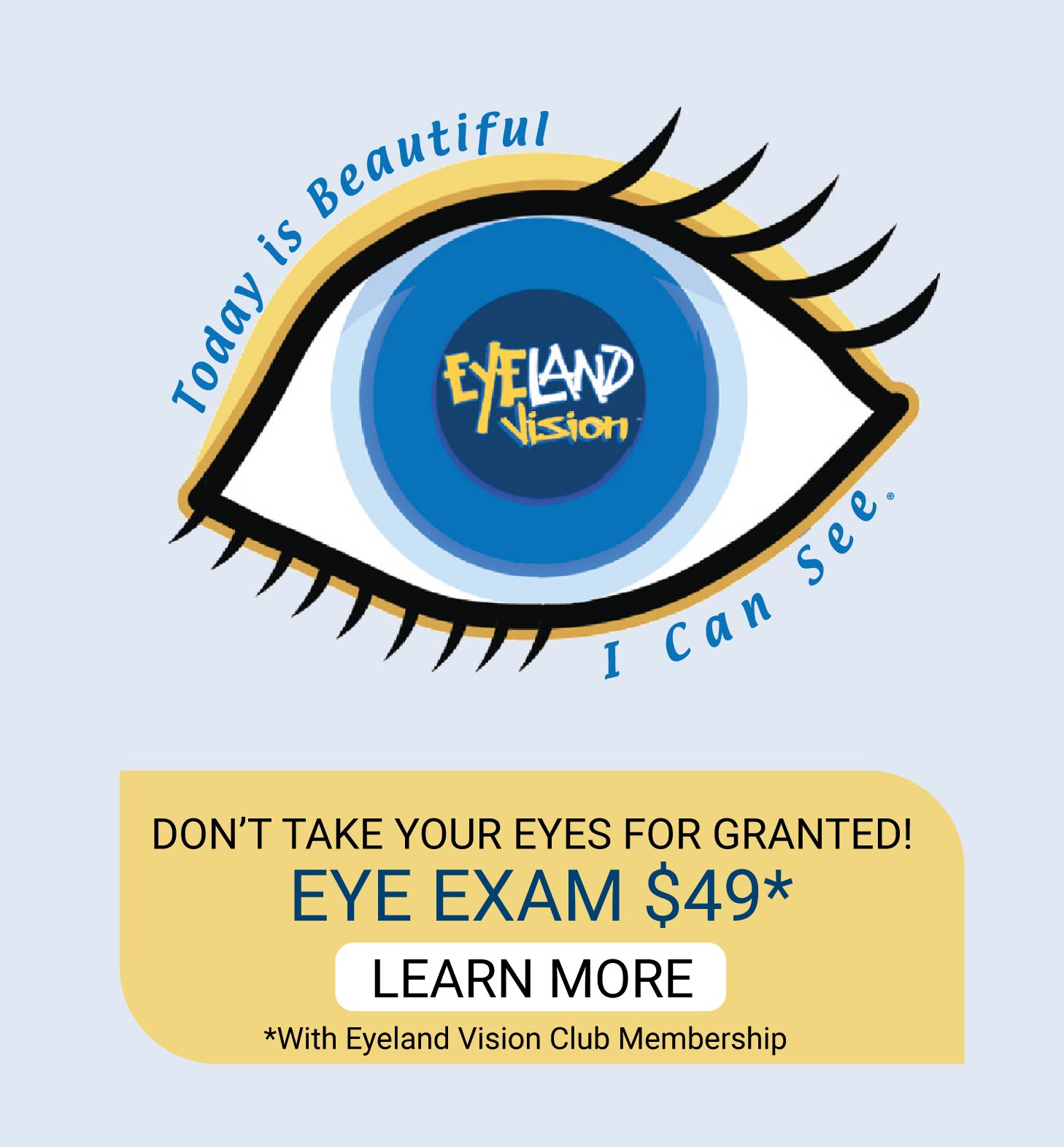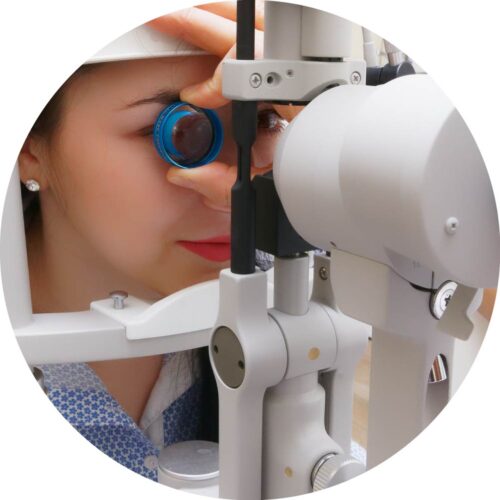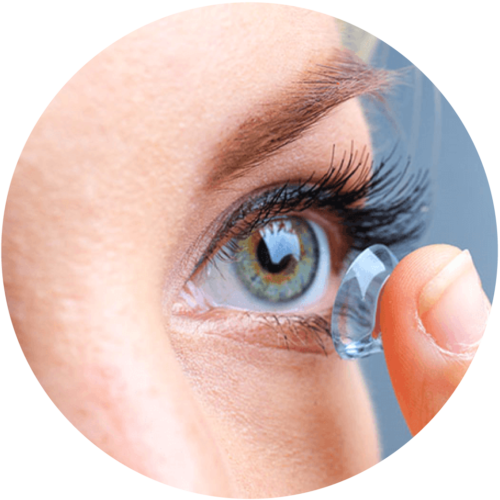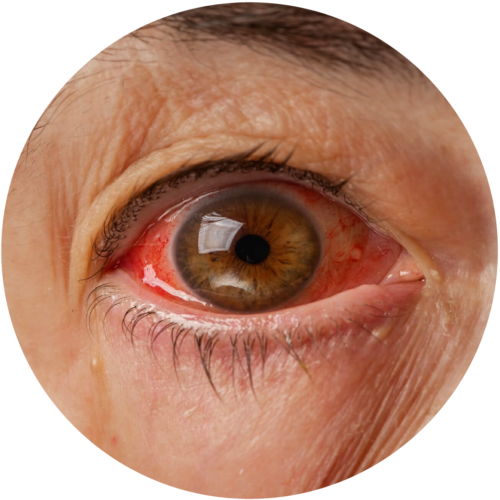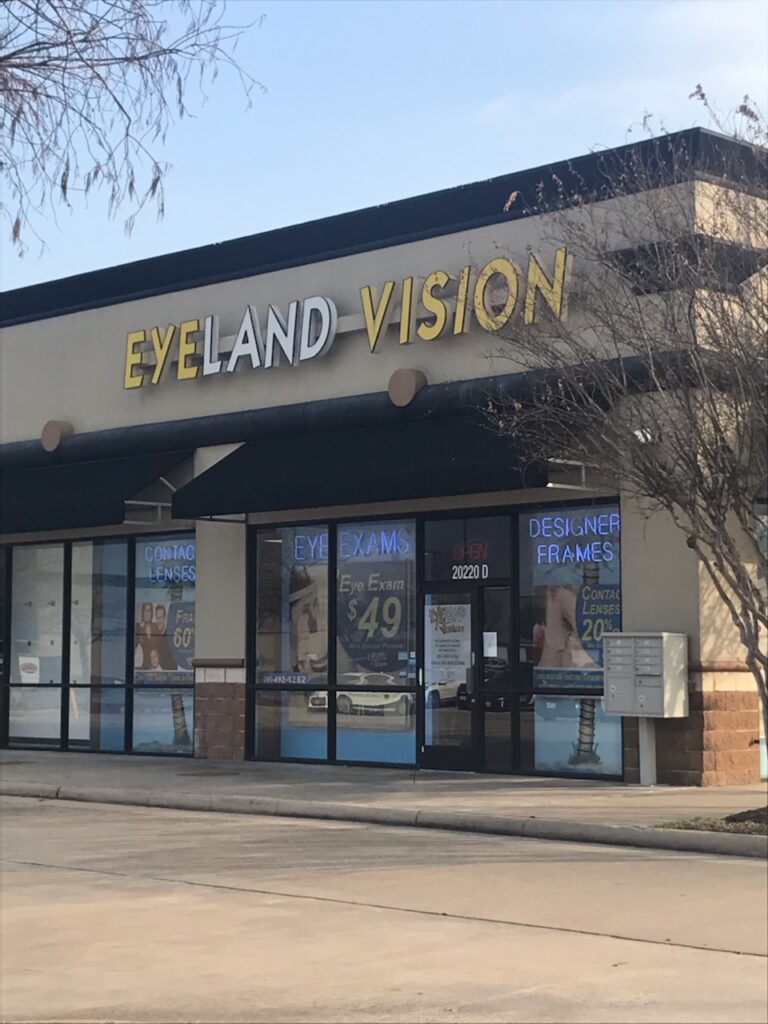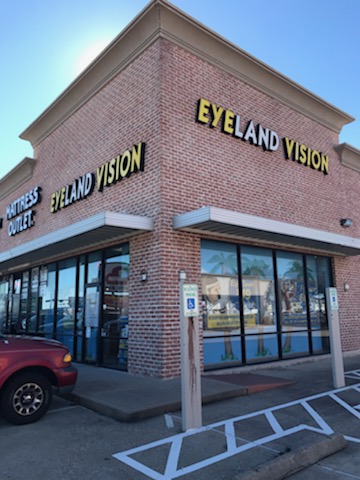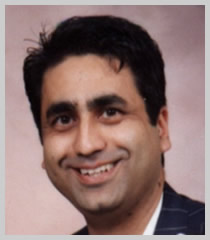Welcome to Eyeland Vision: Eye Doctor Houston & Katy
Eyeland Vision’s purpose for existence is to PRESERVE, ENHANCE and PROTECT eyesight.
PRESERVE
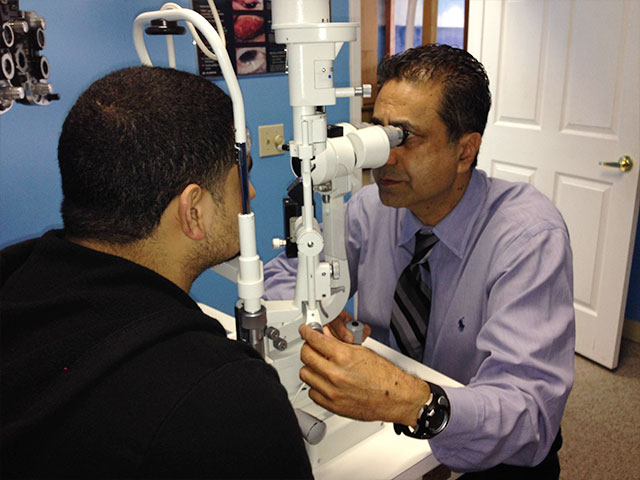
Eyeland Vision preserves eyesight by:
- Providing patients with through annual eye exams utilizing 18 different eye tests.
- Utilizing a RECALL system that reminds every patient when it is time for their annual eye exam.
- Recommending good nutrition and supplements (vitamins, minerals and omega 3).
ENHANCE
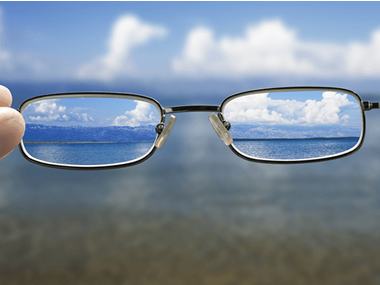 Eyeland Vision enhances eyesight by:
Eyeland Vision enhances eyesight by:
- Dispensing eyeglasses and contact lenses based on visual needs of each individual’s lifestyle.
- Dispensing eyeglasses only after they pass EyeLand Vision’s rigorous 20-point quality check for flaws and defects.
- Keeping abreast of the latest and most improved technological advances in visual aids and refractive surgery.
PROTECT
 Eyeland Vision protects eyesight by:
Eyeland Vision protects eyesight by:
- Dispensing safety goggles for work and sports goggles for sports
- Educating about major eye diseases and their risk factors (e.g., glaucoma, macular degeneration, cataracts)
- Prevent harmful UV and Blue light exposure
- Recognizing computer vision syndrome.
Why Eyeland Vision?
Our Services
Eye Doctor Houston & Katy
Do you have Astigmatism, Myopia, Hyperopia, Presbyopia, Strabismus, Color blindness, Depth of Perception problems, Conjunctivitis, Corneal diseases like Keratoconus, Keratitis, Foreign Body, Iritis, Cataracts, Posterior Vitreous Detachment, Floaters, Macular Degeneration, Retinal Detachment, Diabetic Retinopathy and Hypertensive Retinopathy?
Do you need spherical, toric, bifocal, or multifocal contact lenses by Acuvue, AirOptix, Bausch & Lomb or Cooper Vision?
Make your appointment at our Katy or West Oaks location today!


